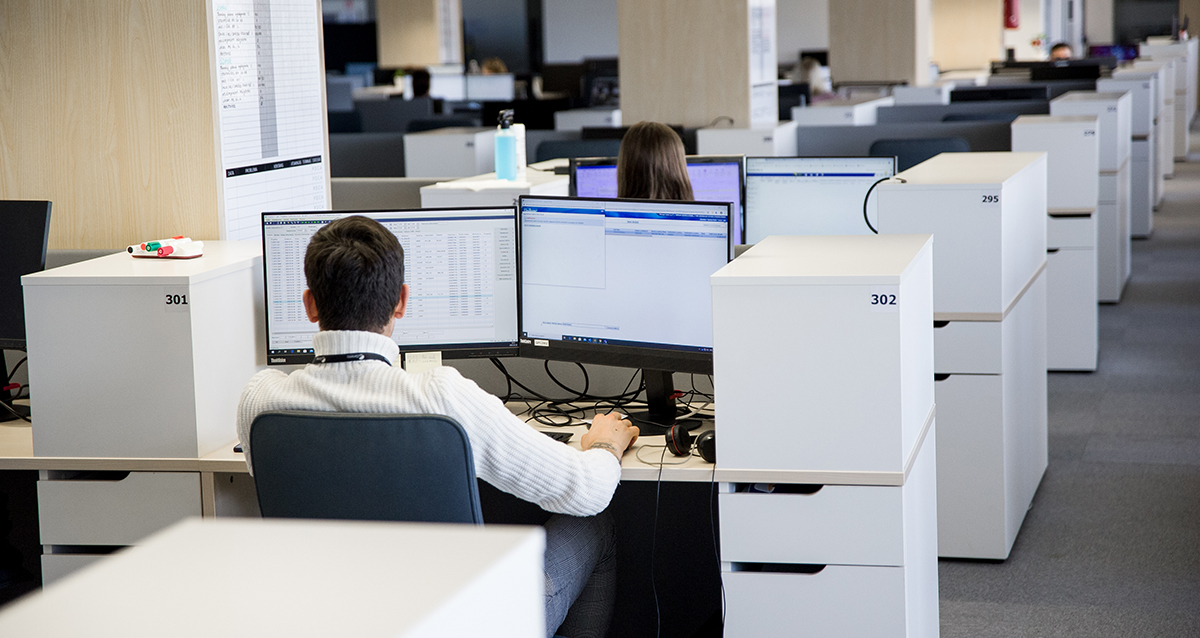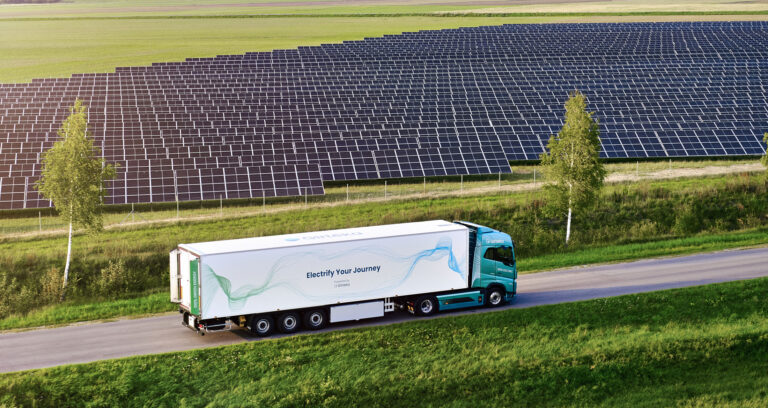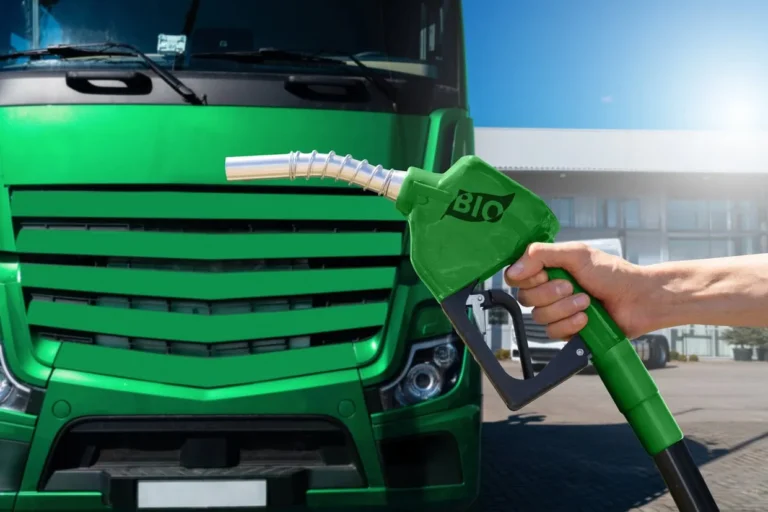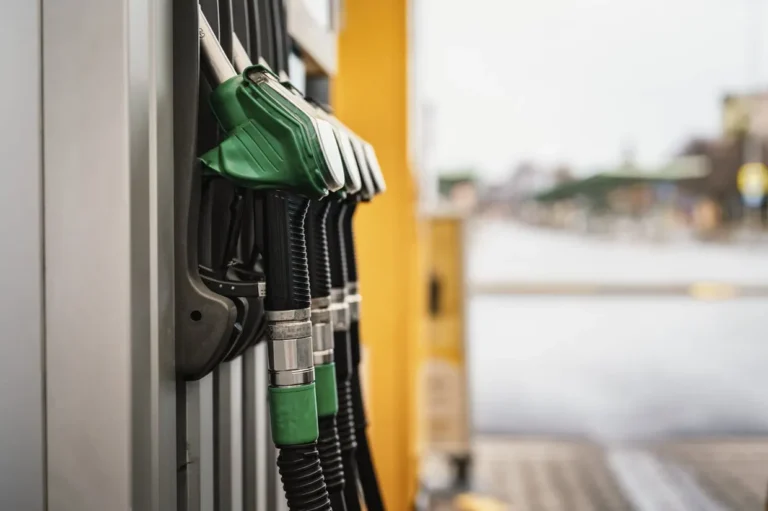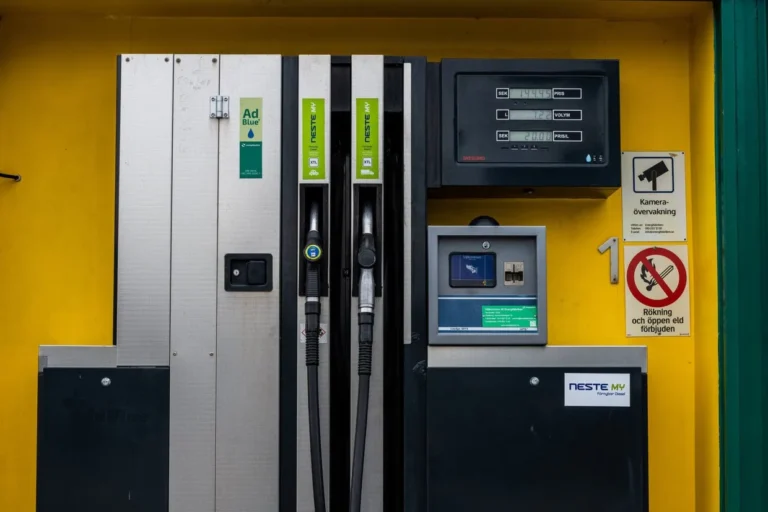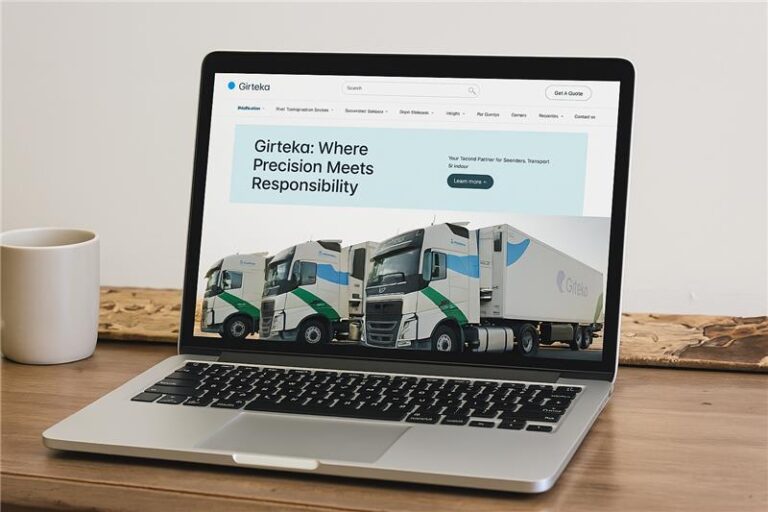With the onset of the pandemic, changes were forced upon the players of the logistics industry in an instant. While adaptation was the name of the game at the beginning, as lockdowns continued, those that have managed to adapt and thrive in the current environment were winners.
However, with an intensely competitive and very fragmented European logistics market, distinguishing oneself from others was not only important but also more difficult – after all, if one wants to differentiate from their competition, there is little doubt that their competitors also want to differentiate from you.
Were Transport Management Systems (TMS) and the data these systems provide the factor that could have differentiated companies from one another?
TMS has been present in logistics for quite some time their implementation was not so widespread, as behind the implementation of TMS stand high investment costs into the systems.
“While TMS technology has existed for quite some time, the imperative for their adoption has never been greater given logistics managers’ concerns of dramatically rising freight costs, capacity shortages, and increasing complexities in transportation management today,” noted Stanley Griffis and Thomas Goldsby in an article in the Journal of Transportation Management in April 2007. Even then, the two US-based scholars concluded that logistics providers found “the risks of non-adoption to be greater than those of adoption.”
Early signs of TMS adoption could be traced back to the 1990s, as “globalization incited a functional integration and the emergence of logistics in a true sense; all the elements of the supply chain became part of a single management perspective,” as Jean-Paul Rodrigue pointed out in The Geography of Transport Systems. “However, only with the implementation of modern information and communication technologies did a more complete integration became possible with the emergence of supply chain management,” he added.
“Implementing a TMS won’t automatically reduce transport costs: as complex systems, they can be difficult to implement, and unless the time and money is invested upfront then the returns will not be realized,” read an article by The Manufacturer.
Furthermore, as the publication pointed out, correct data is a must if a TMS was to be utilized to its fullest potential, as “the process of ensuring accurate data is maintained can be the single biggest success factor,” of the system.
At the most basic level, TMS provides clarity and eases the process of tracking your capacity and trucks. Planning customer orders and providing a timeline and most importantly, monitoring it on a constant basis whether it adheres to agreed KPIs are some of the main, yet not all, benefits when utilizing the systems.
An Excel spreadsheet could also act as a TMS, however, that sounds very outdated. Especially as technology has jumped leaps and bounds in terms of its progress, as now we have Artificial Intelligence (AI)-driven technologies helping out TMS, only magnifying its benefits.
Nevertheless, that technology growth has been prompted by changing consumer behavior, especially as a lot of emphasis is put on the ability to track shipments, but also to receive them within a moment’s notice following an order.
Yet those are only a few factors behind the reason why TMS is not only increasing in popularity, but also in their ability to take a logistics provider’s services to the next level. According to a study by Deloitte, there are at least 15 internal and external factors that could influence one to incorporate a TMS into their daily processes.
“TMS is becoming essential tools to meet the challenges associated with these trends, ranging from high growth rates and rising costs to increasingly sophisticated customer demands,” read the accounting firm’s report. The company pointed out seven key trends that have emerged most recently, including mobile access of customers, localization technology, automation and predictive analytics, amongst other developments.
The growth of demand for TMS should not be surprising. Already in 2017, as Gartner‘s Bart De Muynck stated, adoption rates of the systems were growing, as incorporating them into your daily operations became a much easier and less capital expenditure-intensive process. De Muynck also pointed out several similar factors, such as the ability to have live visibility of your supply chain and demand to drive down operating costs behind the ever-growing demand for TMS, further affirming the main reasons behind the need for TMS.
As technology continues to evolve, AI will undoubtedly begin to play an ever-vital role in not only logistics but our daily lives. However, a basic, yet important question to ask is why – why should you use AI in your daily operations?
An interesting answer to that question could be the fact, that following multi-decade research of behavioral science, “have revealed the surprising extent to which people routinely base judgments and forecasts on systematically biased mental heuristics rather than careful assessments of the evidence,” read an article by Deloitte Insights. However, while decision-making based on biases is limited, utilizing data can help a company be more efficient, as “economically substantial benefits can result from using even limited or imperfect data to de-bias our decisions.”
Nevertheless, human decision-making is not to become obsolete, as the two (the computer and a specialist) are set to collaborate, rather than compete, as “it is highly unlikely that human judgment will be outsourced to algorithms any time soon,” concluded Deloitte.
In any case, TMS and AI is a combination that we are very likely to see more of in the near future, as companies will aim to take their operational efficiency to the next level. However, was the pandemic a catalyst to fast-forward that shift?
With the onset of the pandemic, things seemingly had to change. At the same time, despite the challenging environment, TMS was a savior amidst an unstable business environment, especially as uncertainty seemingly clung onto trucks across Europe.
In addition to the usual metrics, throughout 2020 and as uncertainty continued in 2021, Girteka Logistics had to pay particular attention to the ever-changing travel rules, making sure that despite everything, goods could continue to move. While working as a travel agent sounds like a nice side career, managing a supply chain is already a stressful affair. Nevertheless, as ARC advisory group pointed out that certain industries like Consumer Packaged Goods (CPG), in particular food and beverages, have seen an increased need for TMS, and since cold-chan logistics in the food and excise goods are an integral part of Girteka Logistics, the company had the foundation to not be rocked by the initial hurricane.
Nonetheless, monitoring such data as the own fleet sales plan fulfillment, the changes of sales in different segments and cost fluctuations, continued despite the shifting market conditions. To a certain extent, monitoring the aforementioned indicators was crucial throughout the year, especially monitoring your costs like maintenance, which could be even more volatile in the context of COVID-19-related lockdowns.
Most importantly, monitoring your capacity balance in a certain region in the short-term became more important. That was since not only companies had to be at their best in terms of efficient operations and avoiding empty kilometers was crucial, but it was very important to monitor your balance as sudden border closures could have very well become a reality. If there were an abundance of your trucks in one region and suddenly travel rules would have changed, that would only worsen the issue and the asset in question would stay put, without any potential to generate revenue.
That is why software like an AI Planner showcased its potential throughout the pandemic, as it allowed the company to plan the utilization of our assets even better than we previously could have, making sure that our trucks move constantly. Not only that way we could ensure that our customers’ goods continued to move, but also our trucks continued to avoid empty kilometer driving and in turn, reducing our environmental impact.
At the heart of it, monitoring data can allow a company like Girteka Logistics to immediately spot any kind of deviations and be able to react to them, which again, were perhaps spotted more often than usual due to the market situation. Spotting deviations with reliable data is important, as the data can be used as the basis of a decision to rectify a problem that the data itself has presented, allowing the company to be proactive in its approach to problem-solving.
Data can also be used as the stepping-stone following the pandemic-related crisis, as measuring the road transportation company’s indicators versus the general market indicators, like those provided by Eurostat, could point to markets that have the potential to grow and provide opportunities for Girteka Logistics.
If you’re looking for a reliable full truck load (FTL) delivery partner, fill out the form below:
